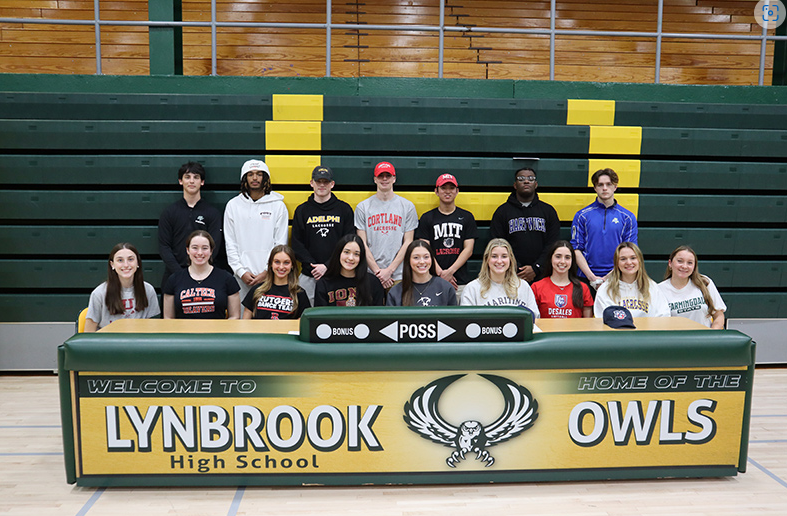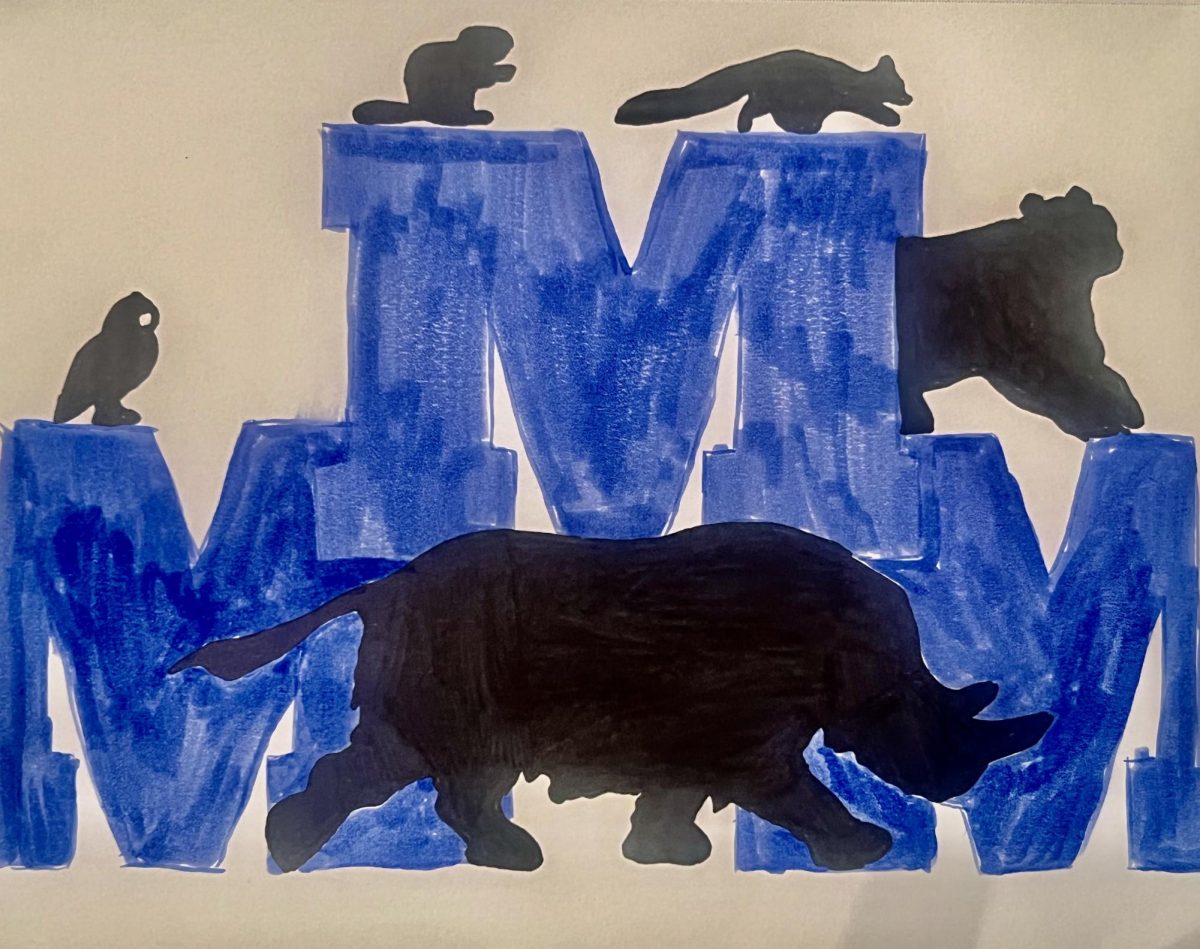Every March, basketball fans dedicate their time to creating March Madness brackets, trying to determine which college basketball team will win the month-long tournament. Science fans have a similar tradition—this year marks the 12th annual March Mammal Madness, which features competitions between various organisms, from diminutive insects to ferocious beasts, and is, similarly, a great excitement for all.
March Mammal Madness was created by Professor Katie Hinde and her colleagues from Arizona State University in 2013 and involves participants creating brackets to predict which organism they think would win in various battles. Science research teacher Kathleen McAuley expressed, “[ASU’s] ecology and library departments get together every year to create these battles, using peer-reviewed research to back up their conclusions.” LHS students had to submit their brackets by March 11 to participate, which they did by scanning the QR codes posted throughout the building. The student with the most points would be the ultimate winner.
There are four groups of animals on the bracket; this year, the categories are Epic Animals, Rainbow Collection, Connoisseur Critters, and Take a Bow. Each animal is given a number to represent its “seeding.” To predict the winners, students research the combatants online and via the multitude of resources that March Mammal Madness provides. Senior researcher Stephanie Neri explained, “I decided my bracket by researching the animal to see which animal is bigger, faster, and what type of food they eat. I also consider which animal has the environmental advantage. Whether they are poisonous or not is also a big factor.” Freshman researcher Lyla Gaffoor added, “I decided my bracket by looking at the animals’ habitats, their appearance, and any other information about them, such as something that could help them in combat.” McAuley commented, “I use a combination of the provided research materials and just [go] with my instincts on who I think would win one of these hypothetical battles.”
The researchers at the head of the competition take all these factors into account and then use a random number generator to determine the outcome. Due to the element of randomness, there are often upsets, meaning the lower-ranked organism defeats the higher-ranked organism, often due to injuries, running away, or not battling in its natural habitat. Therefore, March Mammal Madness is often based on the luck of the draw.
This event is organized each year by the senior science research students. Neri expressed, “It was honestly really fun organizing the event since it is such a fun tradition for the research classes. It’s also nice encouraging other students to participate. Since Mrs. McAuley started to show our class the MMM videos sophomore year, I thought they were so funny and interesting, which made me want to participate. It’s so fun competing against your friends to see whose bracket is better.” McAuley agreed: “March Mammal Madness is a great way to encourage students to conduct their own background research in an exciting and competitive way. I think people of all ages/backgrounds can enter MMM and have fun. I hope to get more students and teachers involved each year.” Gaffoor added that with “[a]ll the excitement in the research room and the bracket in the science wing[,] it’s all fun since you don’t have to know about basketball or know everything about the animals to participate.”
In the beginning, the battles are located in the preferred habitat of the higher-ranked organism. As the tournament progresses, the location is chosen among four random ecosystems. Additionally, the battles are not always until either animal dies; sometimes, one may merely get distracted or scared by its competition, thereby altering the results.
In round one of the Epic Animals category, the sperm whale, raven, stag, wolf, boar, tiger, Lucy, and giant squid defeated their opponents and advanced to round two. In the Rainbow Collection category, the painted wild dog, Nicobar pigeon, Halloween grab, marbled polecat, peacock mantis shrimp, wolf’s mona monkey, mottled cup moth, and red-shanked douc defeated their opponents and advanced on to round two. In addition, during the first round of Connoisseur Critters, the kob, chestnut headed bee-eater, tufted ground squirrel, cobra lily, bat fly, porcupine, pitcher plant, and great skua won their battles and made it to round two. Finally, in the first round of battles in the Take a Bow category, the Northern elephant seal, opossum, pronghorn, leatherback sea turtle, swamp nightjar, great white shark, flame bowerbird, and honeybee won their battles and moved on to the next round. There is also a wildcard round, in which, this year, the sparklemuffin peacock spider faced off against the rainbow grasshopper and in the end was victorious. The competition between the animals continued with updates posted as battle animations on the official March Mammal Madness website and YouTube channel. Neri pinned the great white shark as her winner, McAuley believed it would be the tiger, and Gaffoor’s bracket had the coral snake as the champion.
The student with the closest bracket was determined by the following point system: one point for correct wild card winner, one point for each correct round one winner, two points for each correct round two (“Sweet Sixteen”) winner, three points for each correct round three (“Elite Trait”) winner, five points for each correct round four (“Final Roar”) winner, eight points for each correct round five winner, and 13 points for the correct champion, with a maximum of 138 points possible.
Ultimately, March Mammal Madness is quite popular among students, teachers, animal lovers, and many others worldwide. Neri reflected, “My favorite part of MMM is definitely watching the videos with my research class. We love comparing our brackets and seeing whose is better. We get so competitive, and it’s really fun.” Gaffoor expressed, “My favorite part of March Mammal Madness is finding out the results of each round.” LHS looks forward to determining the animal winner of the battles and the student with the most points.





































